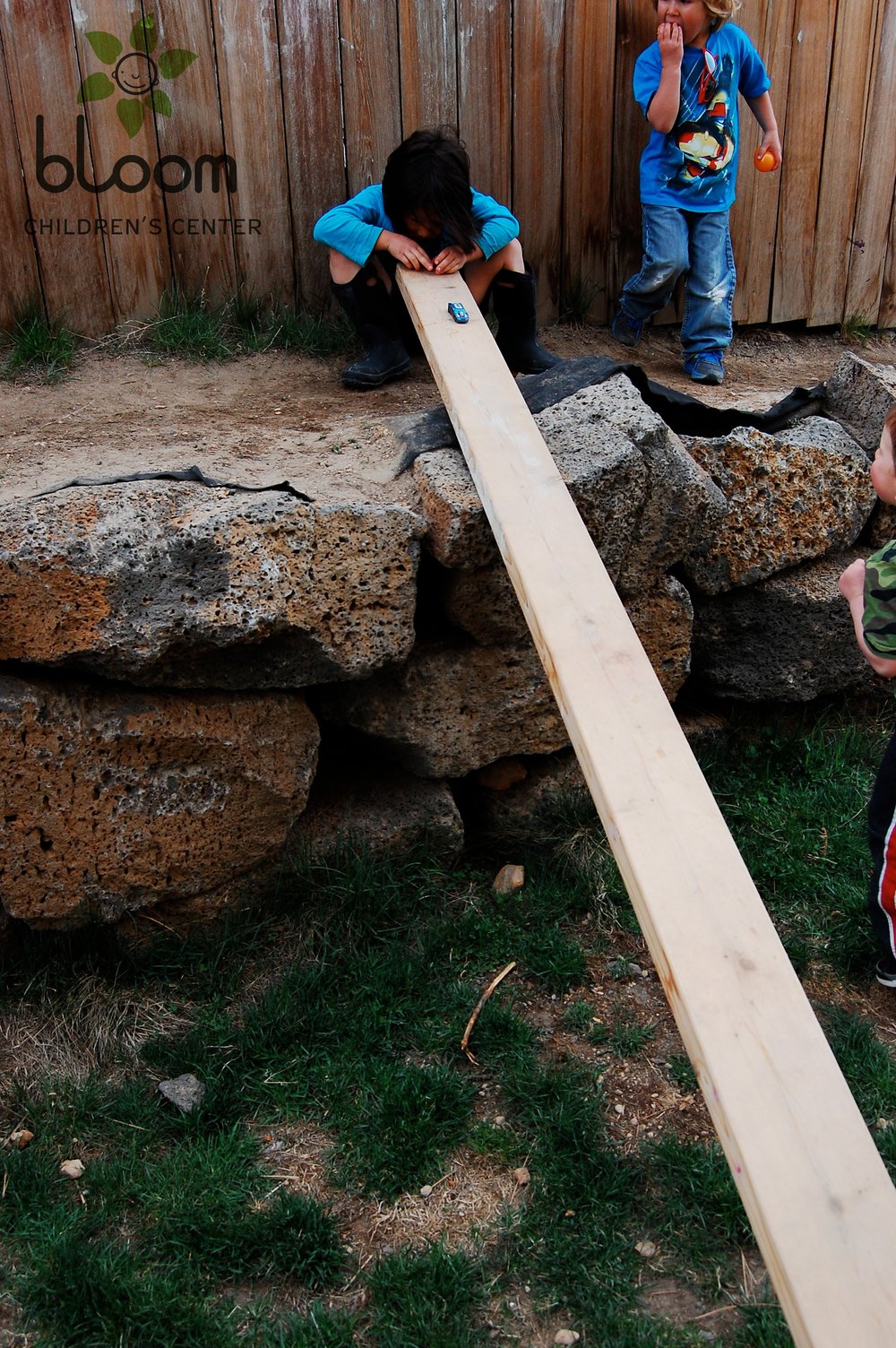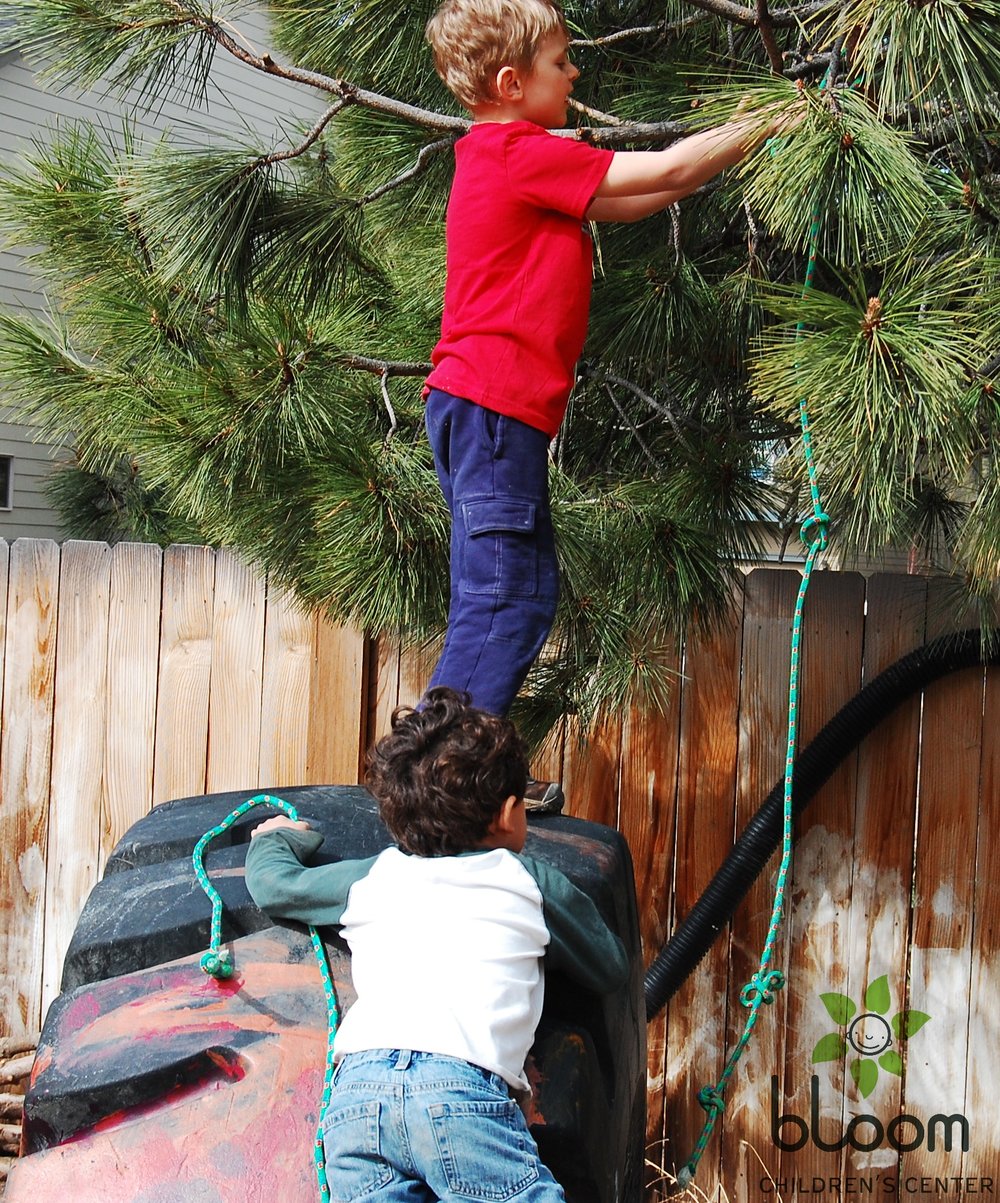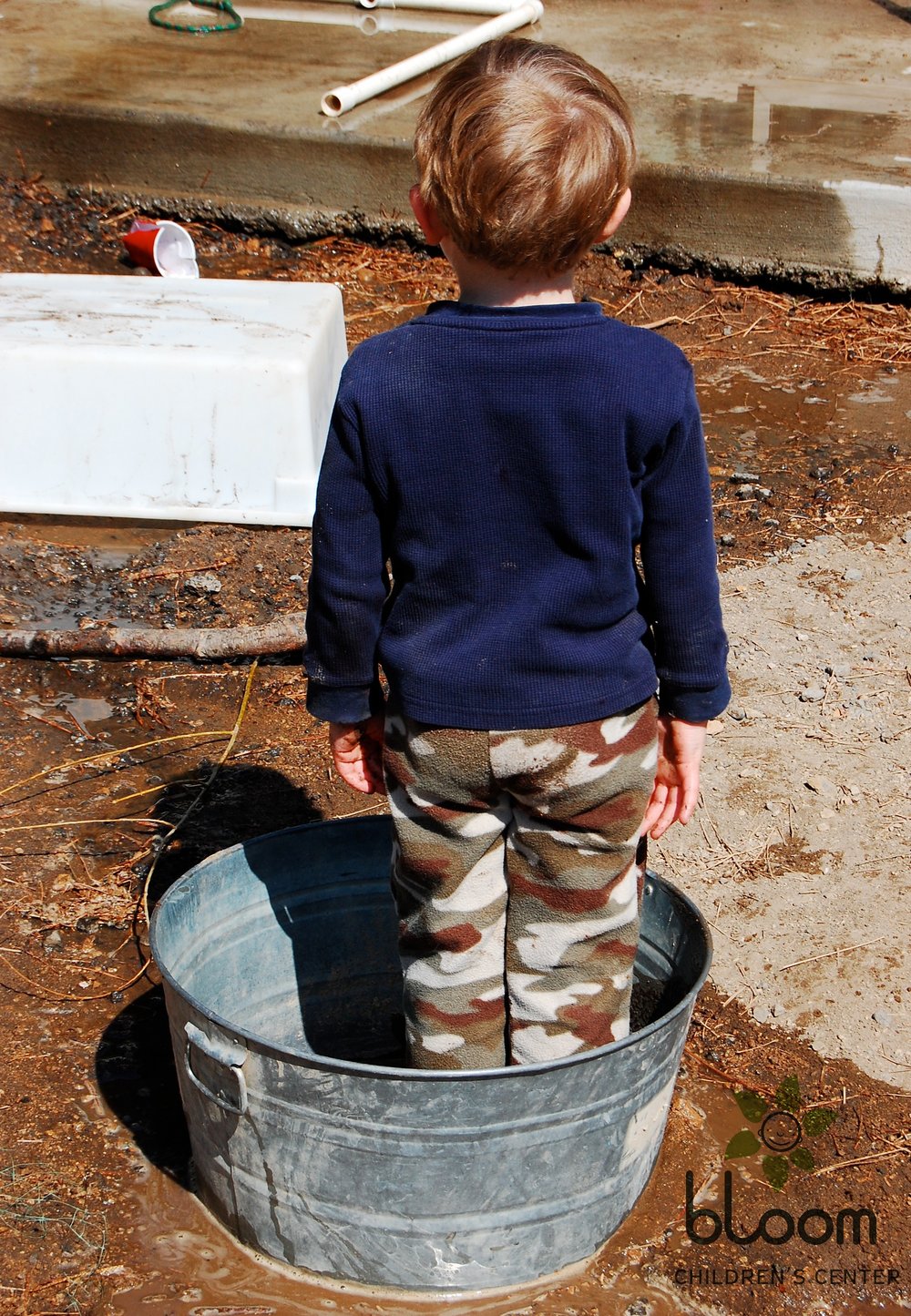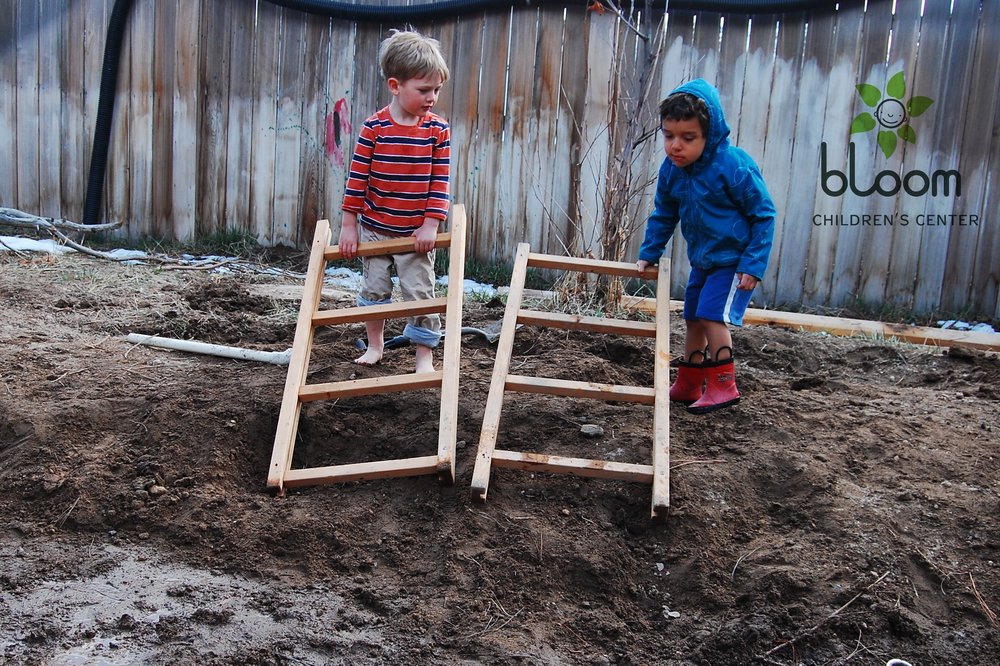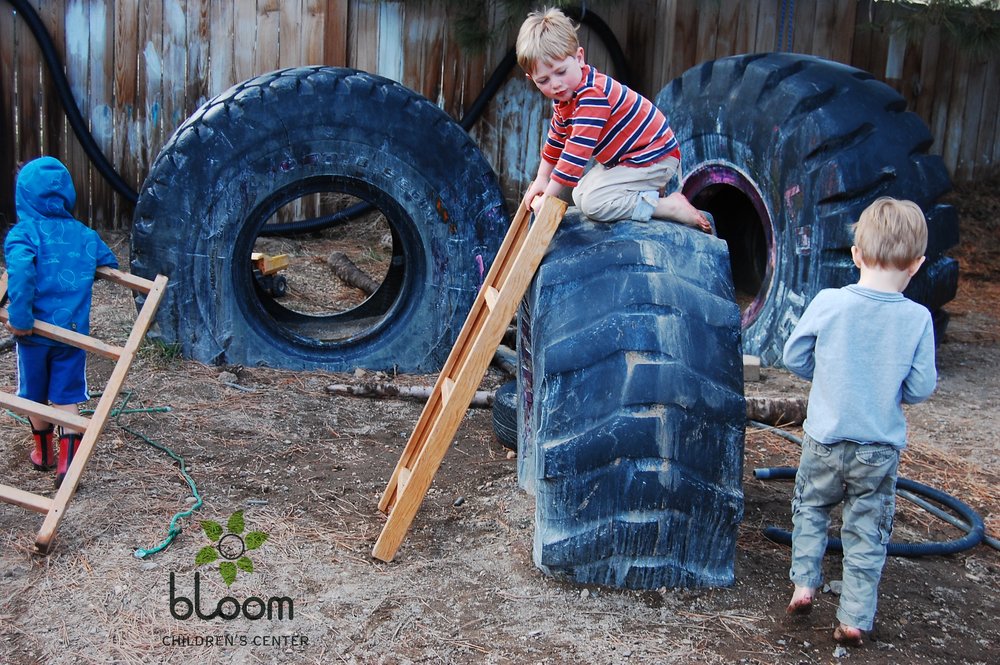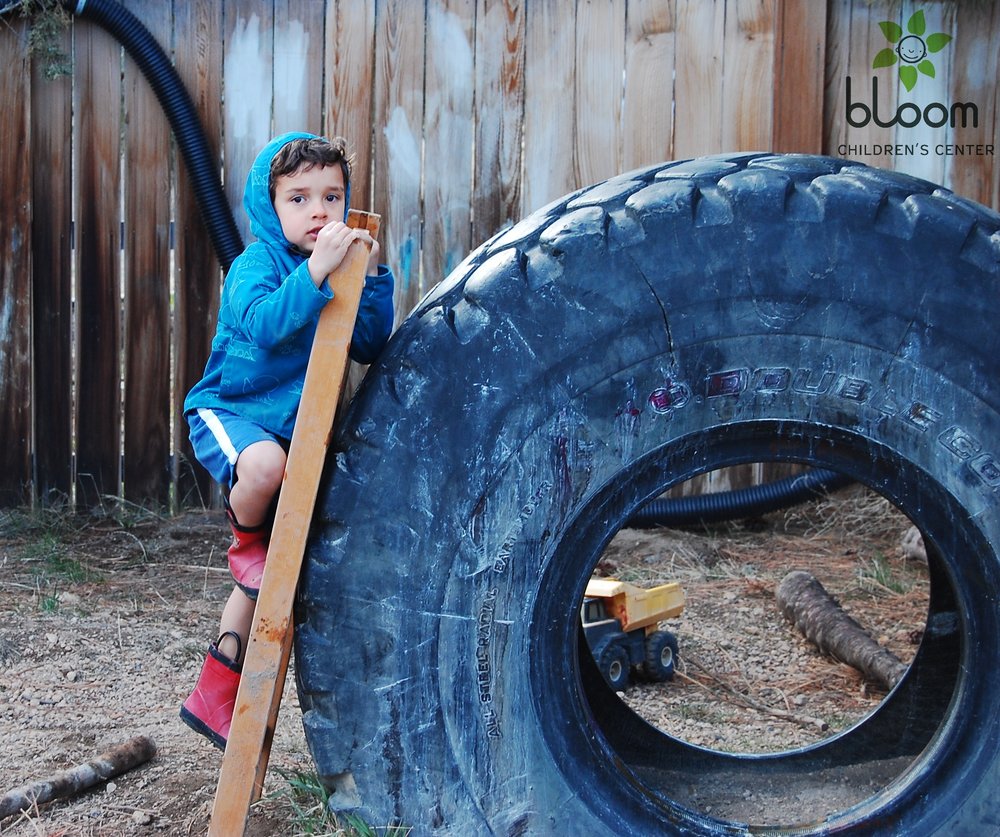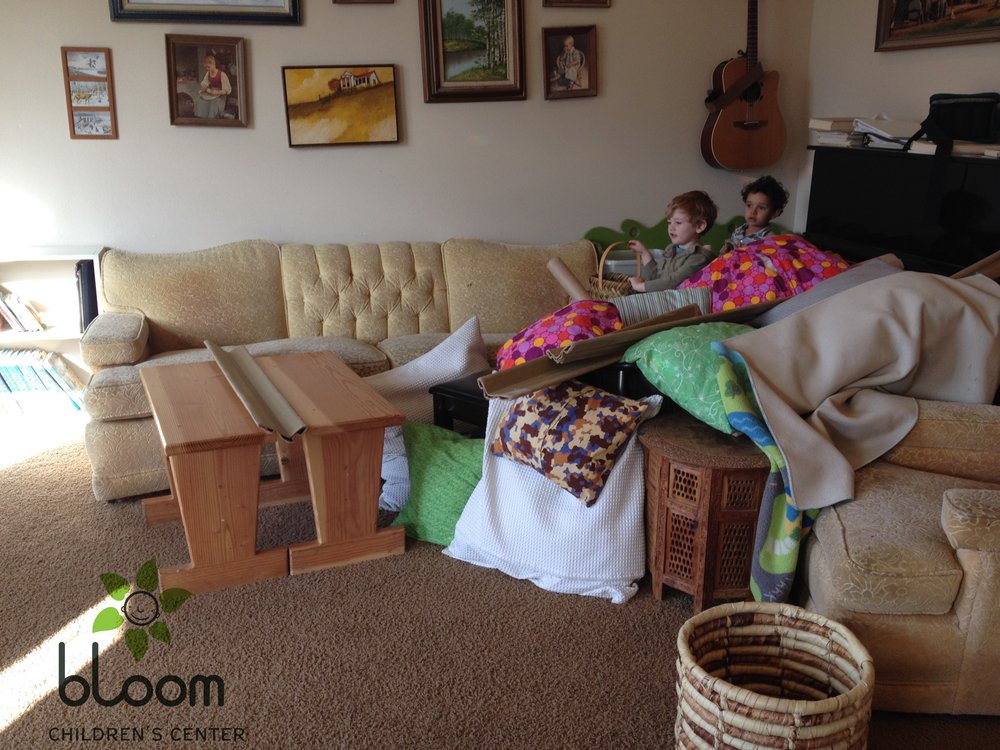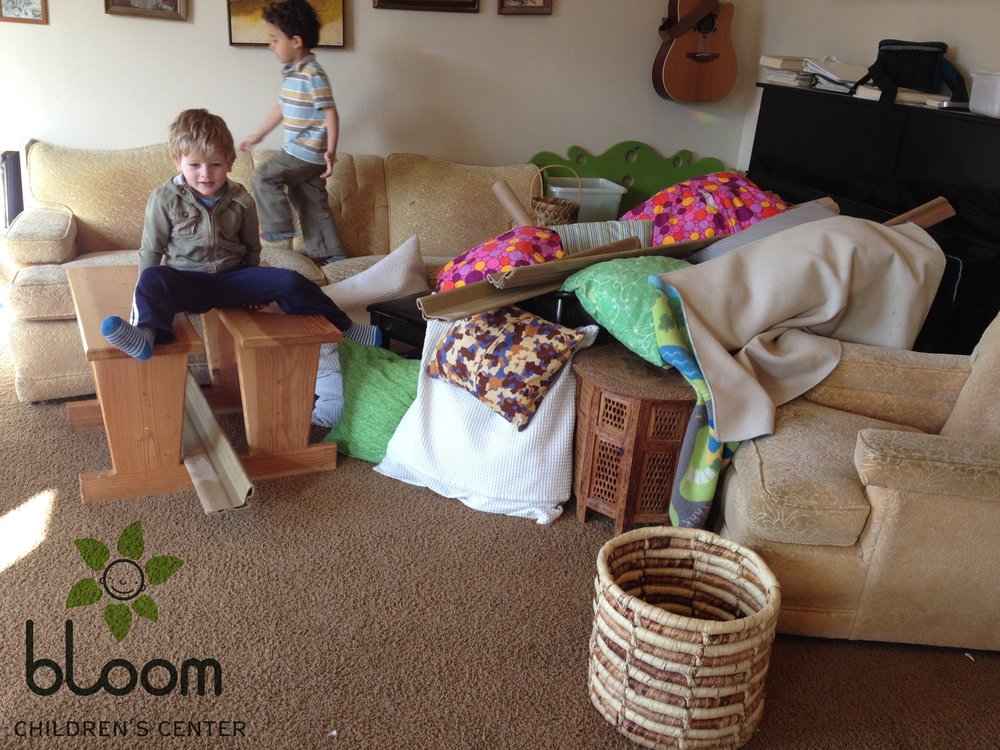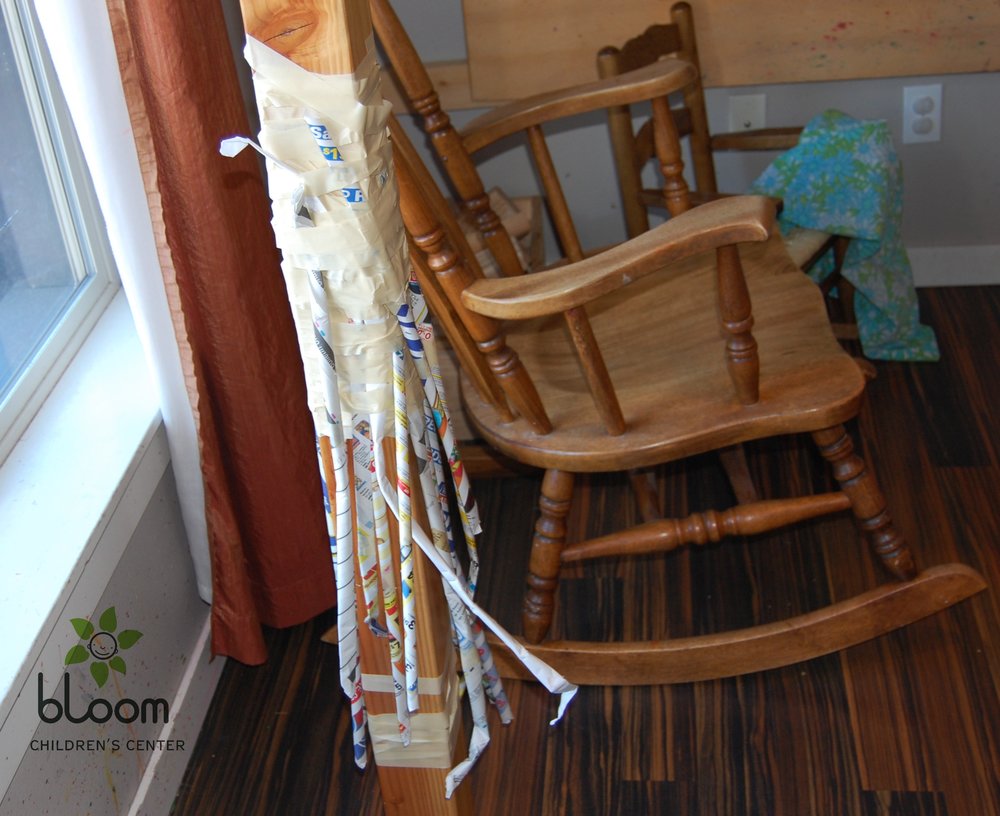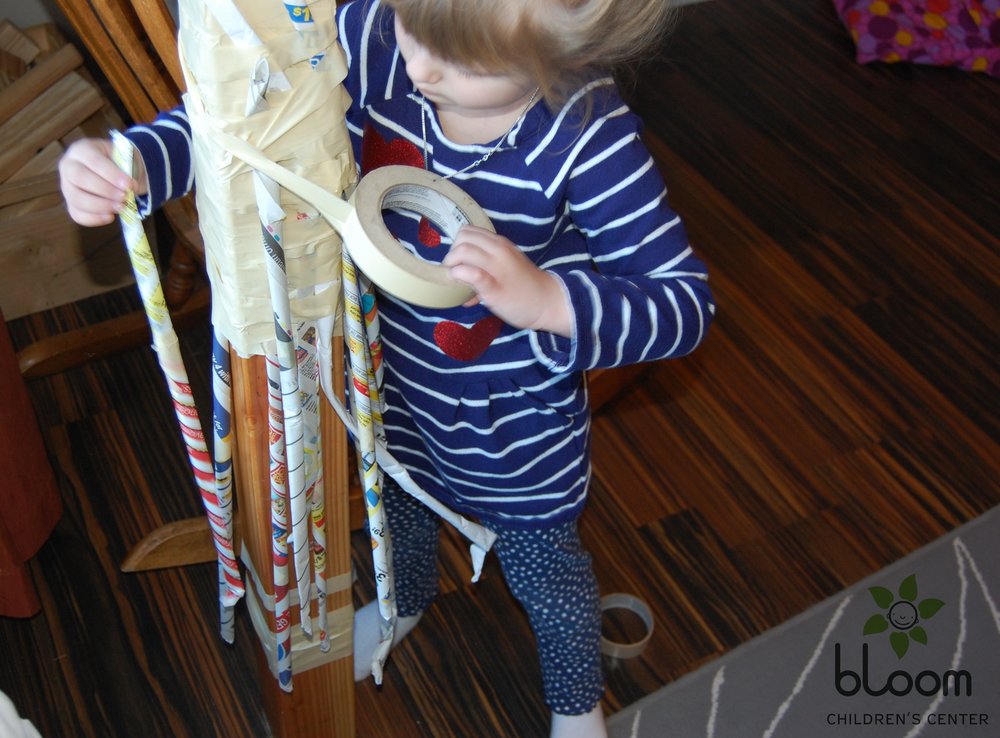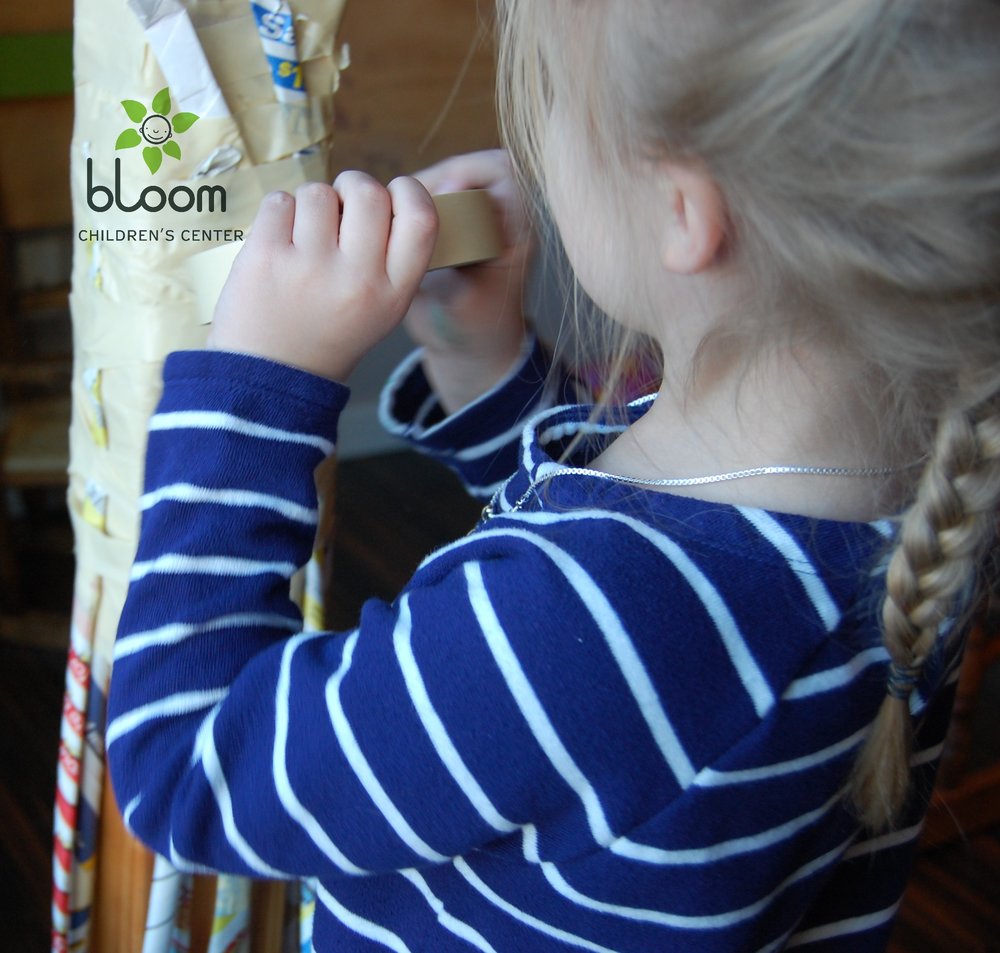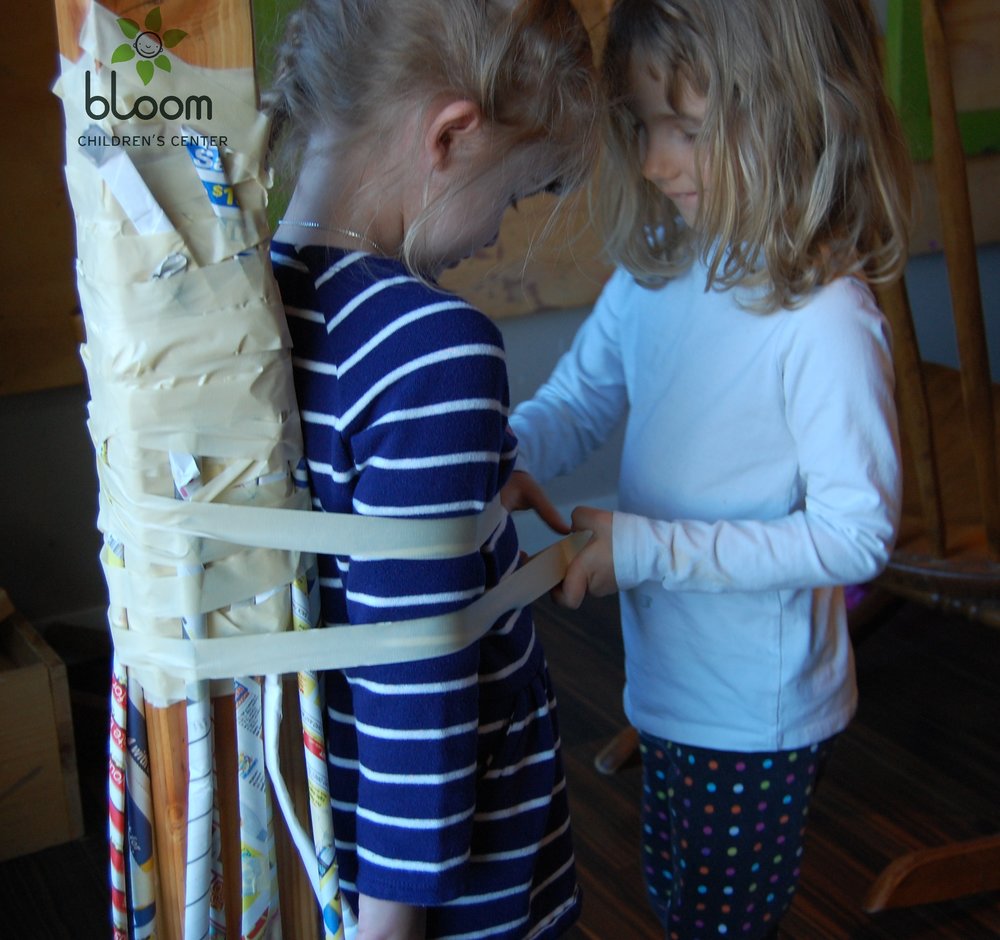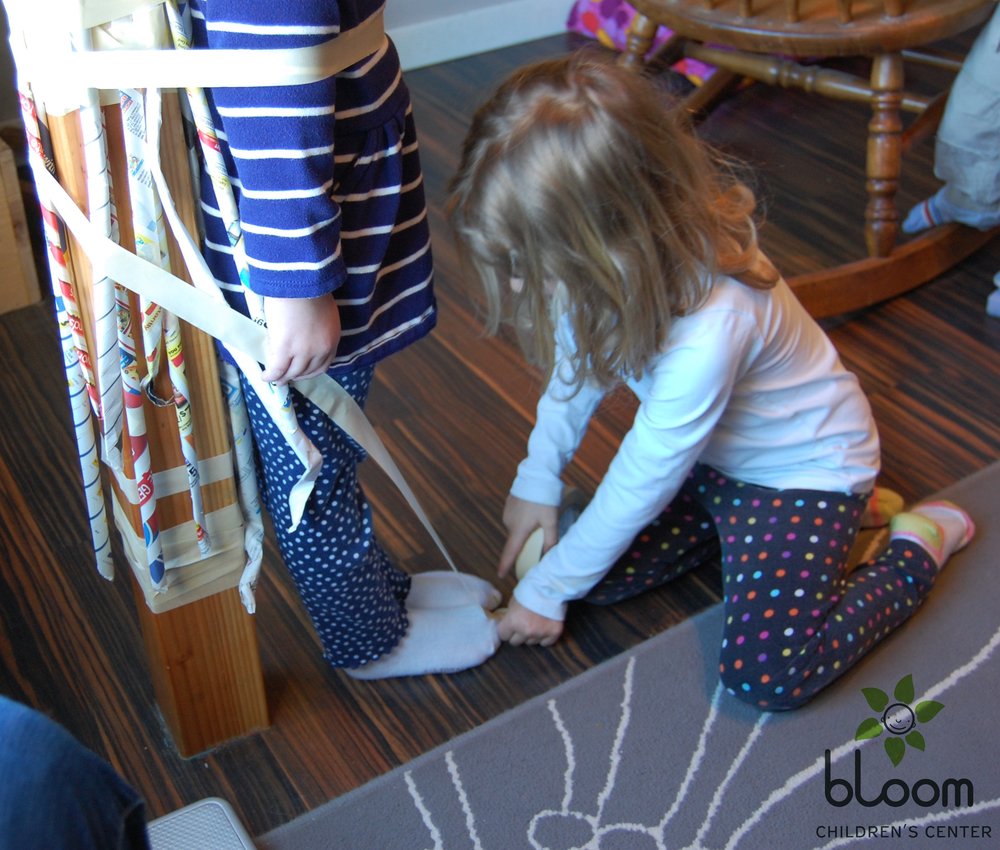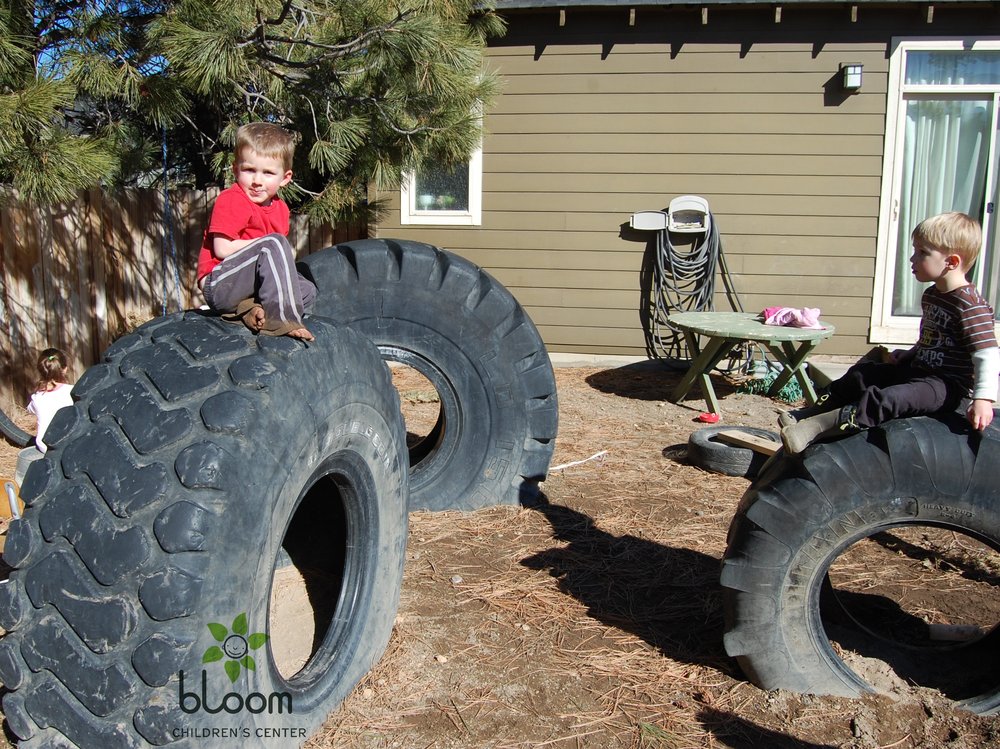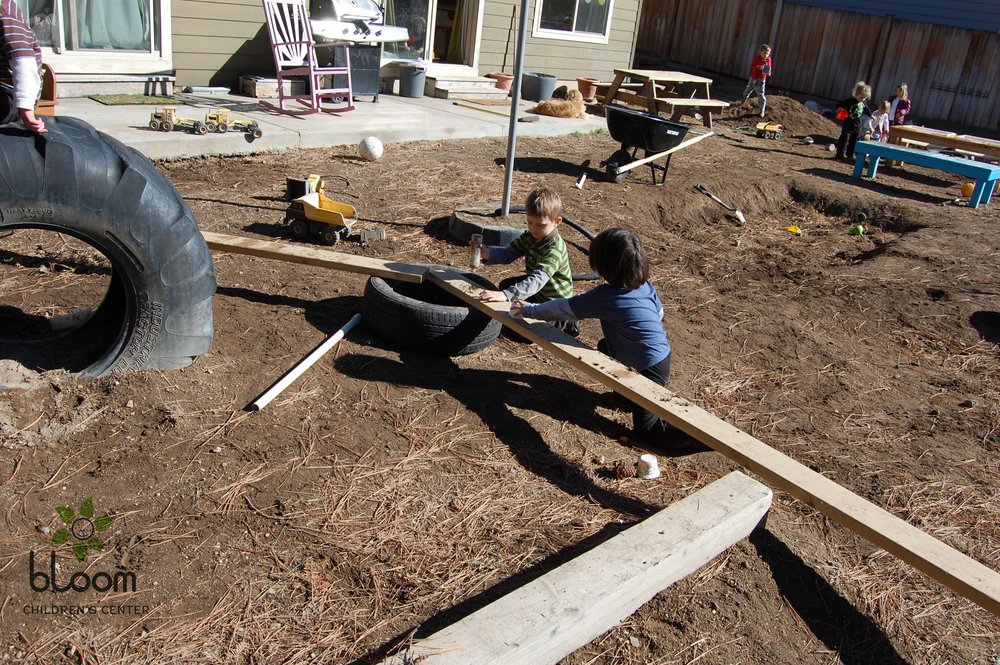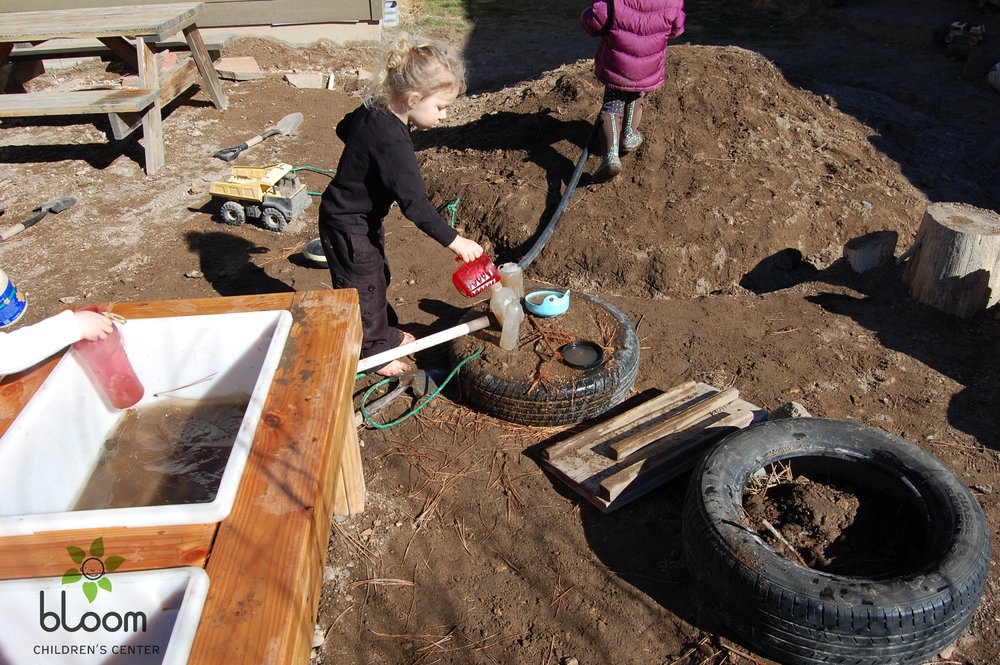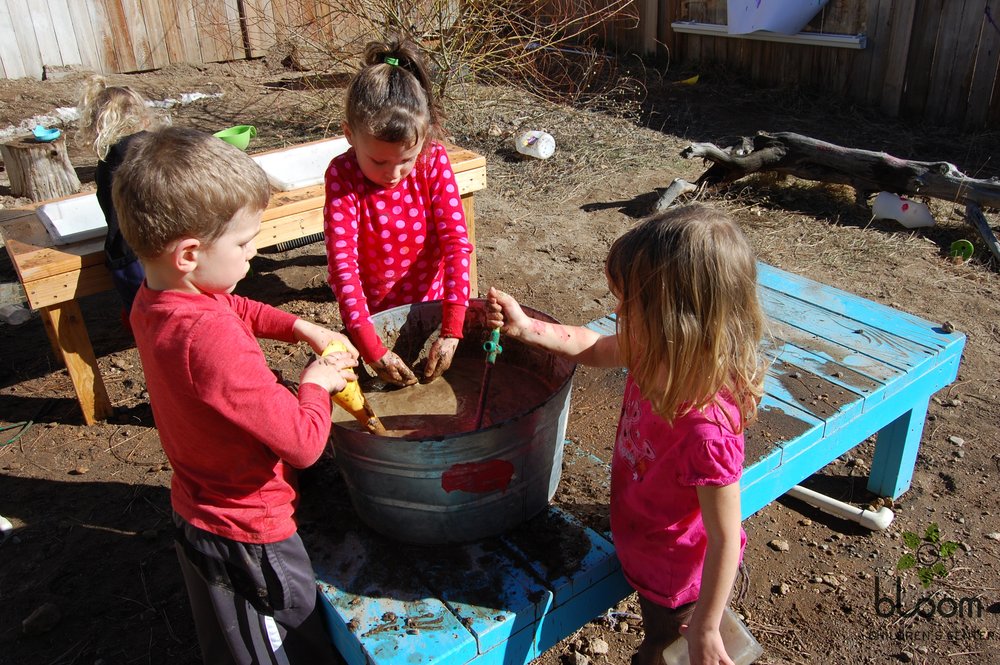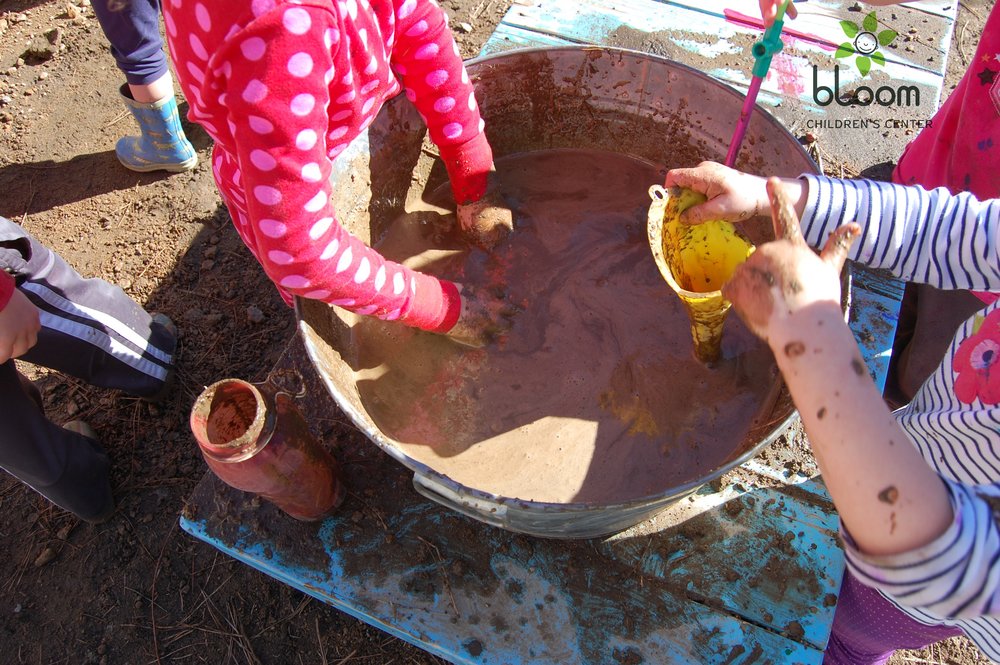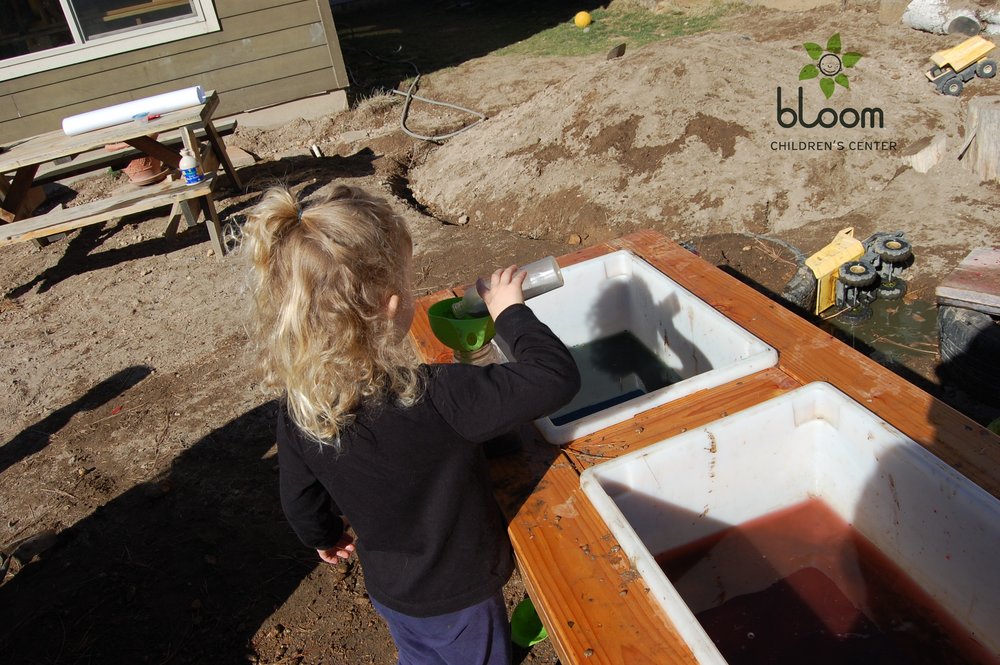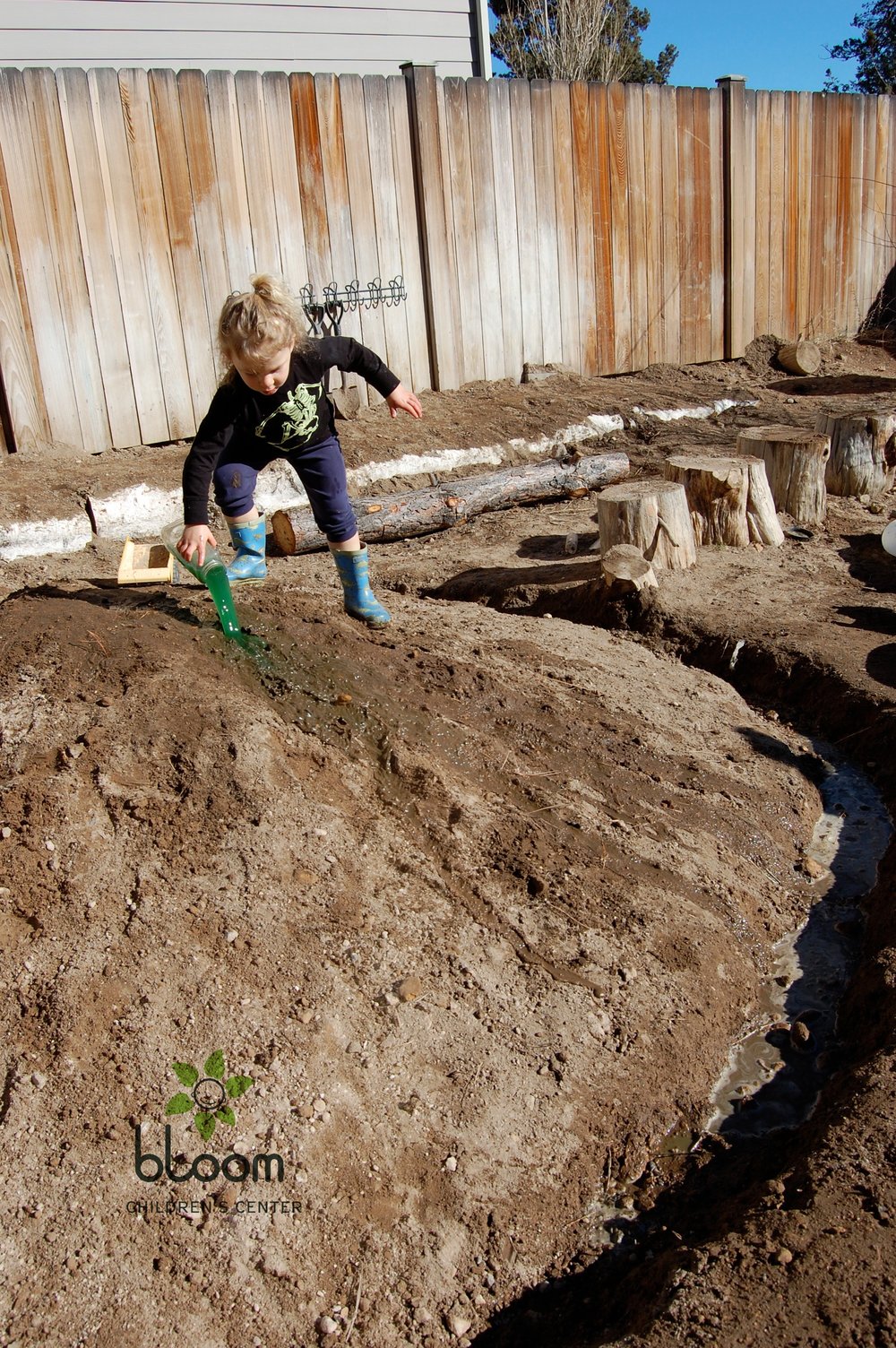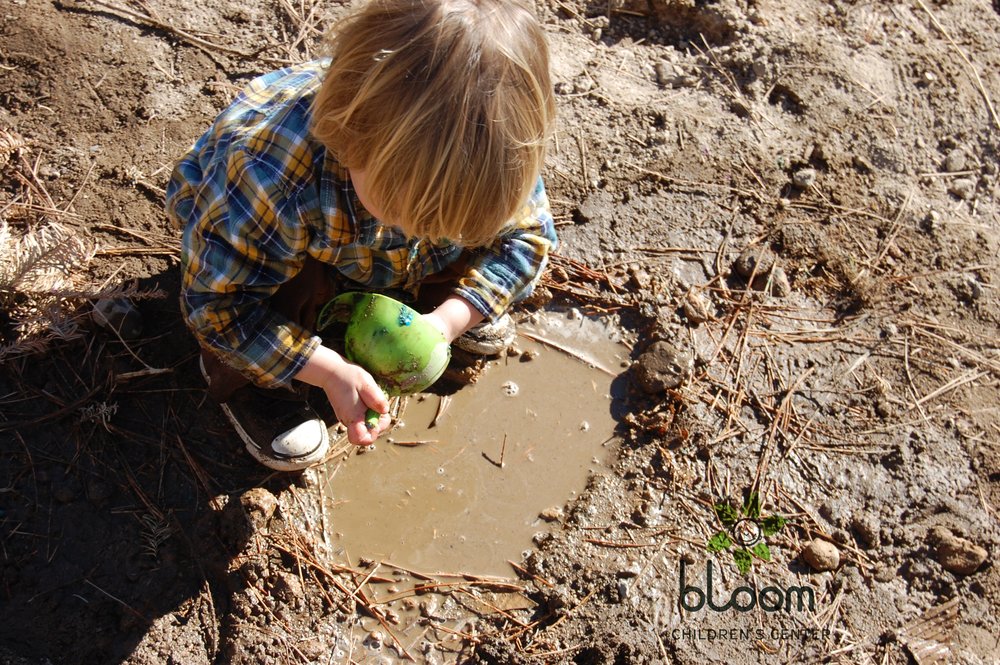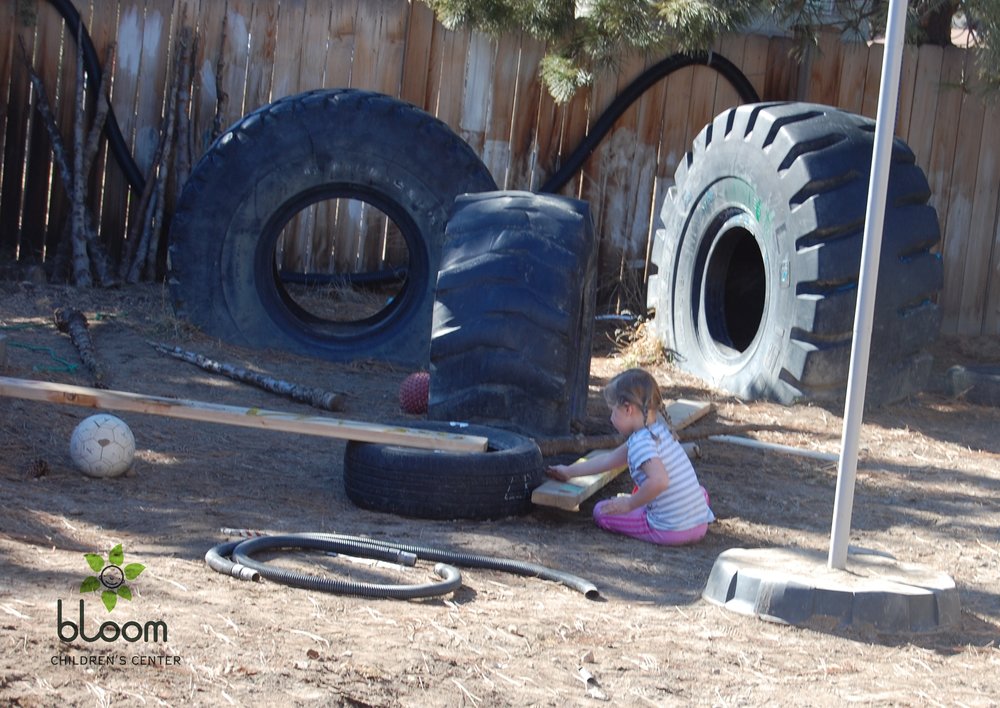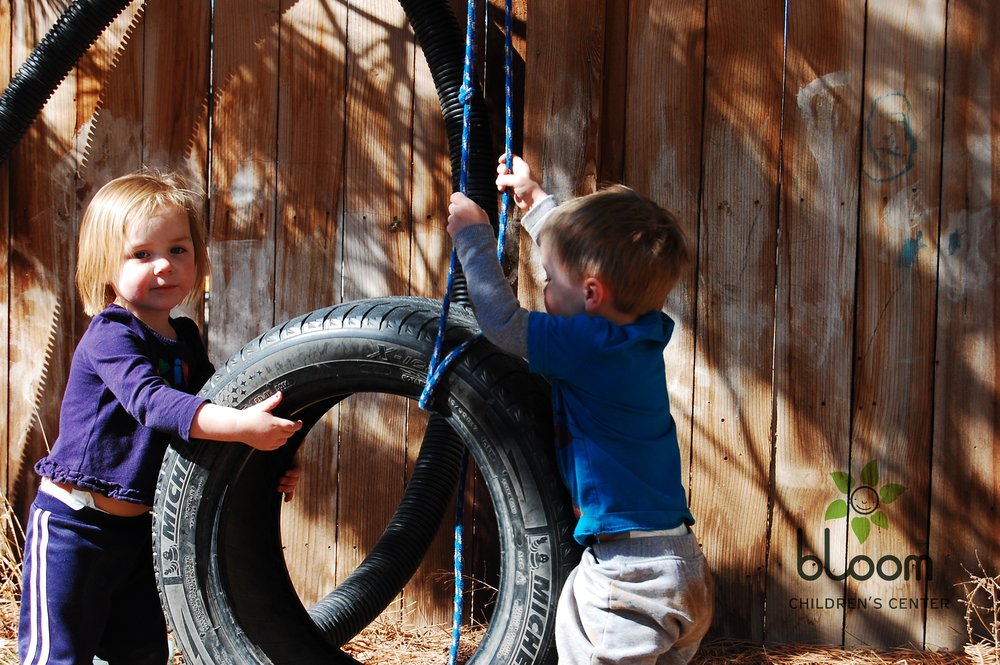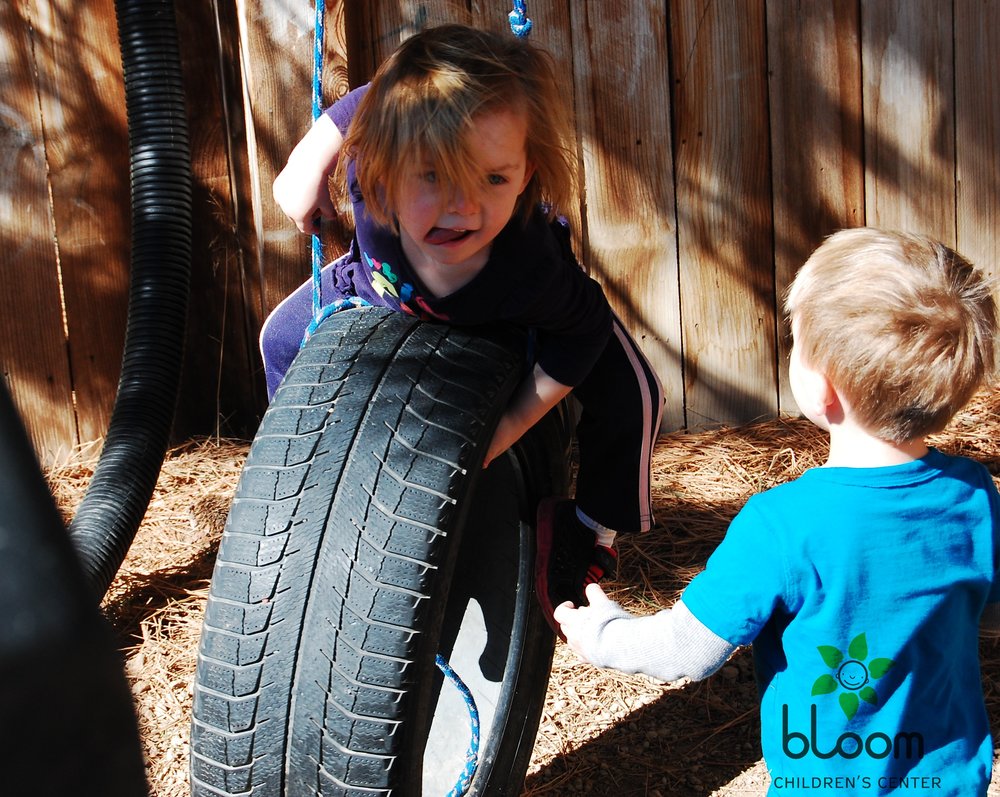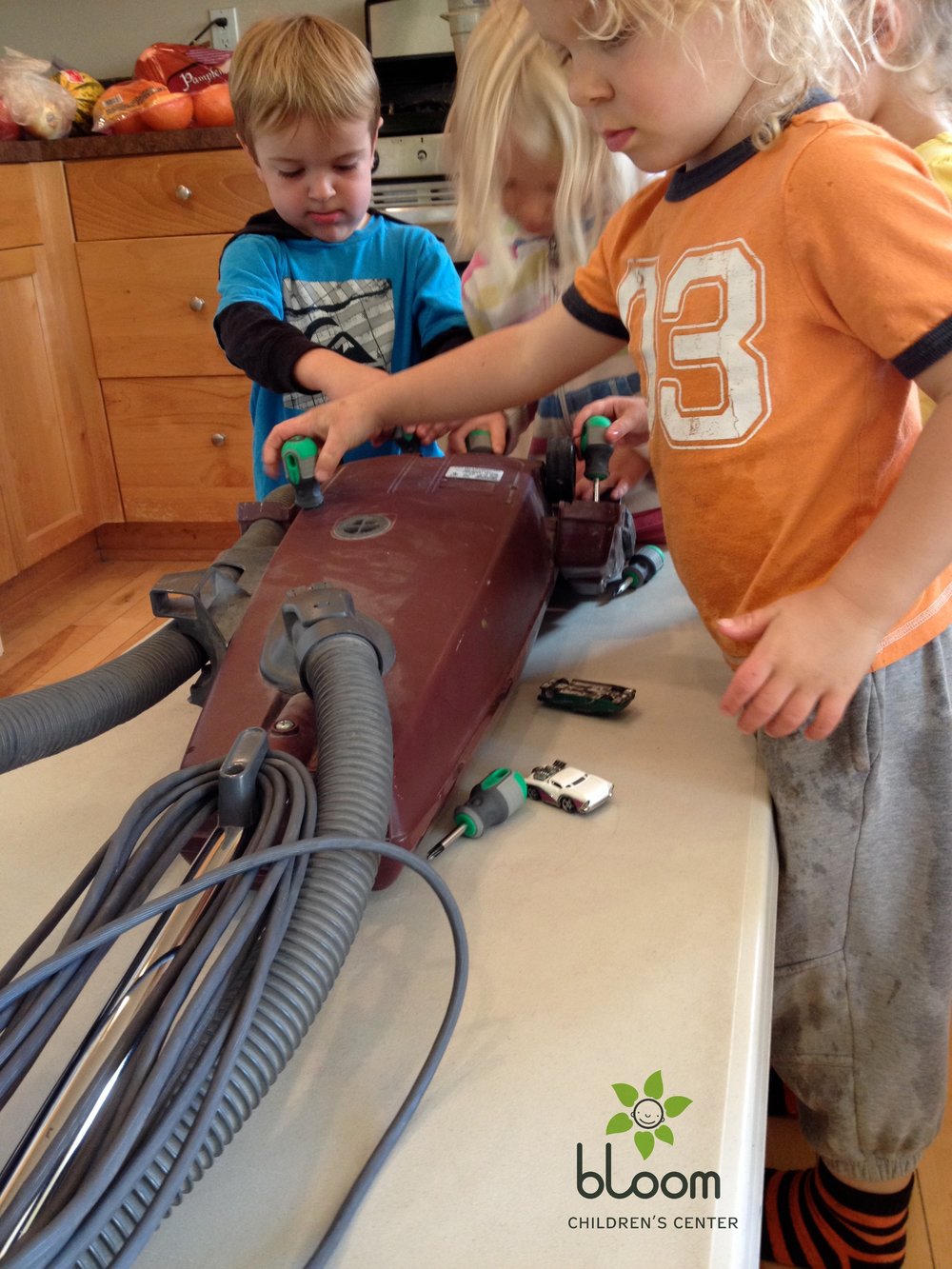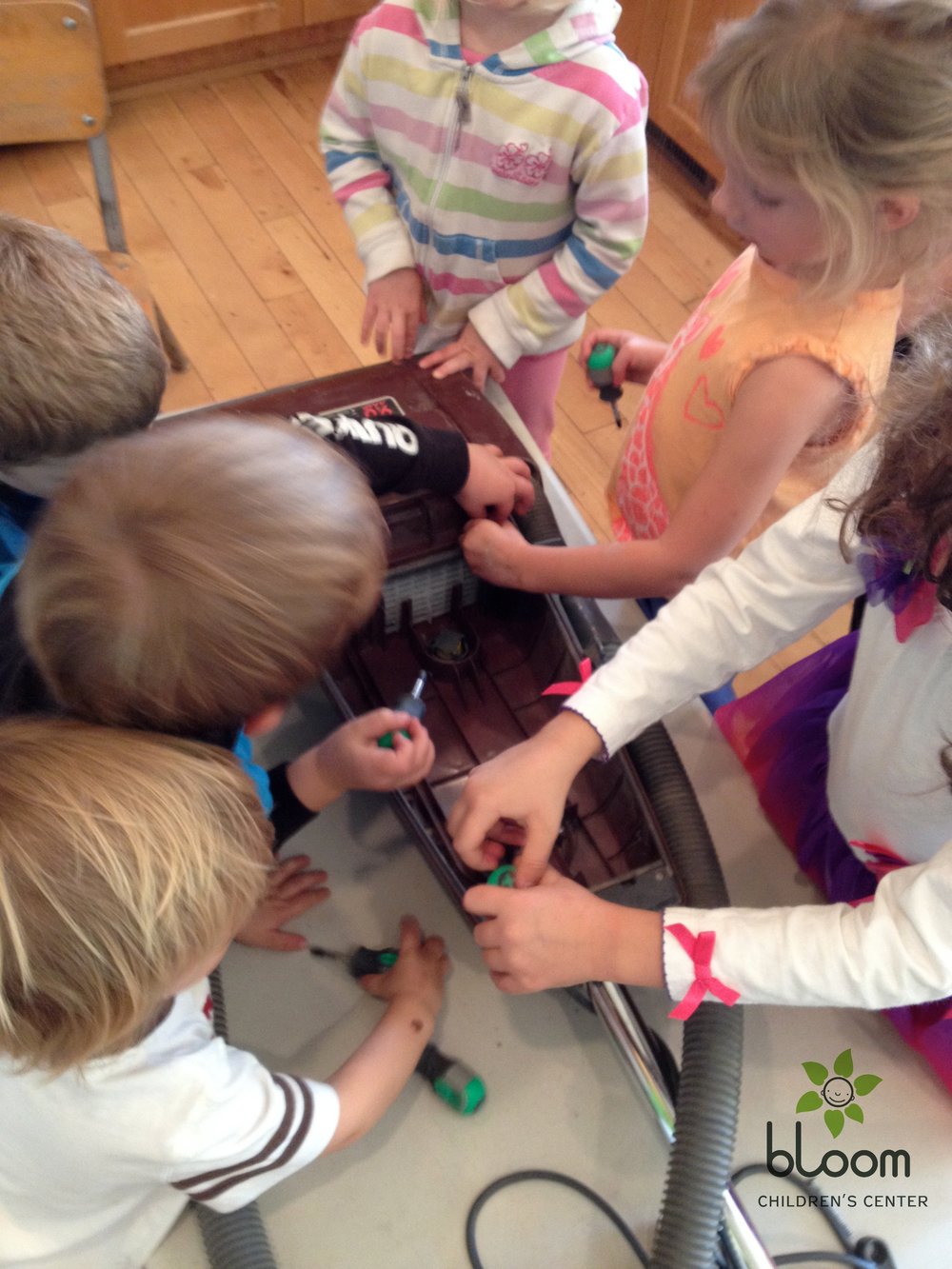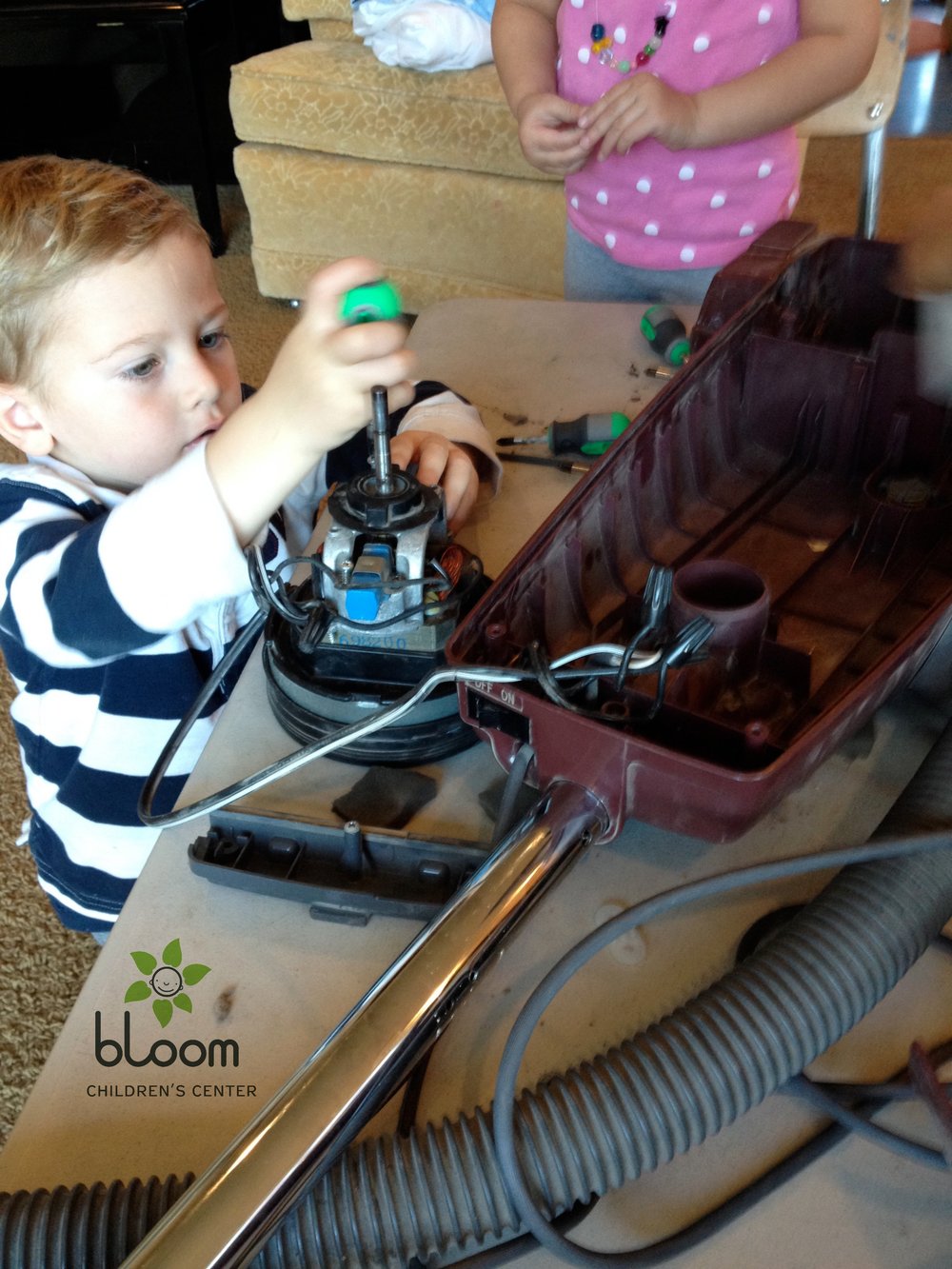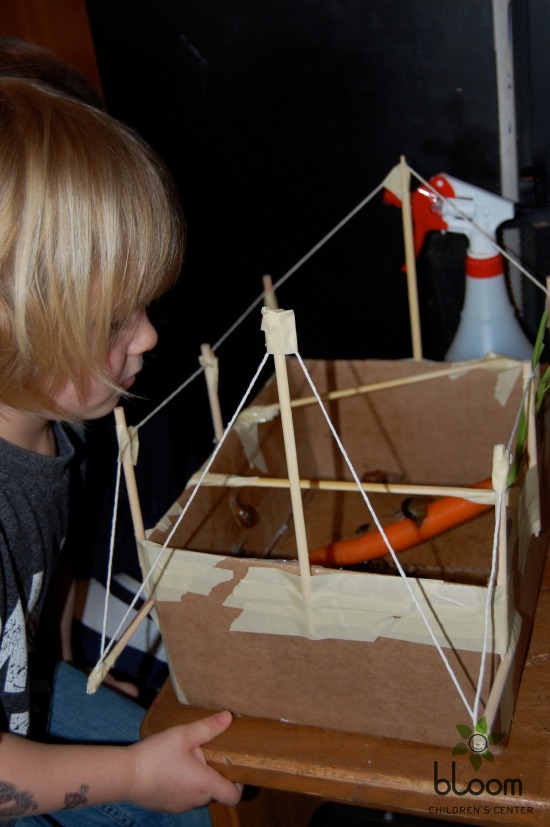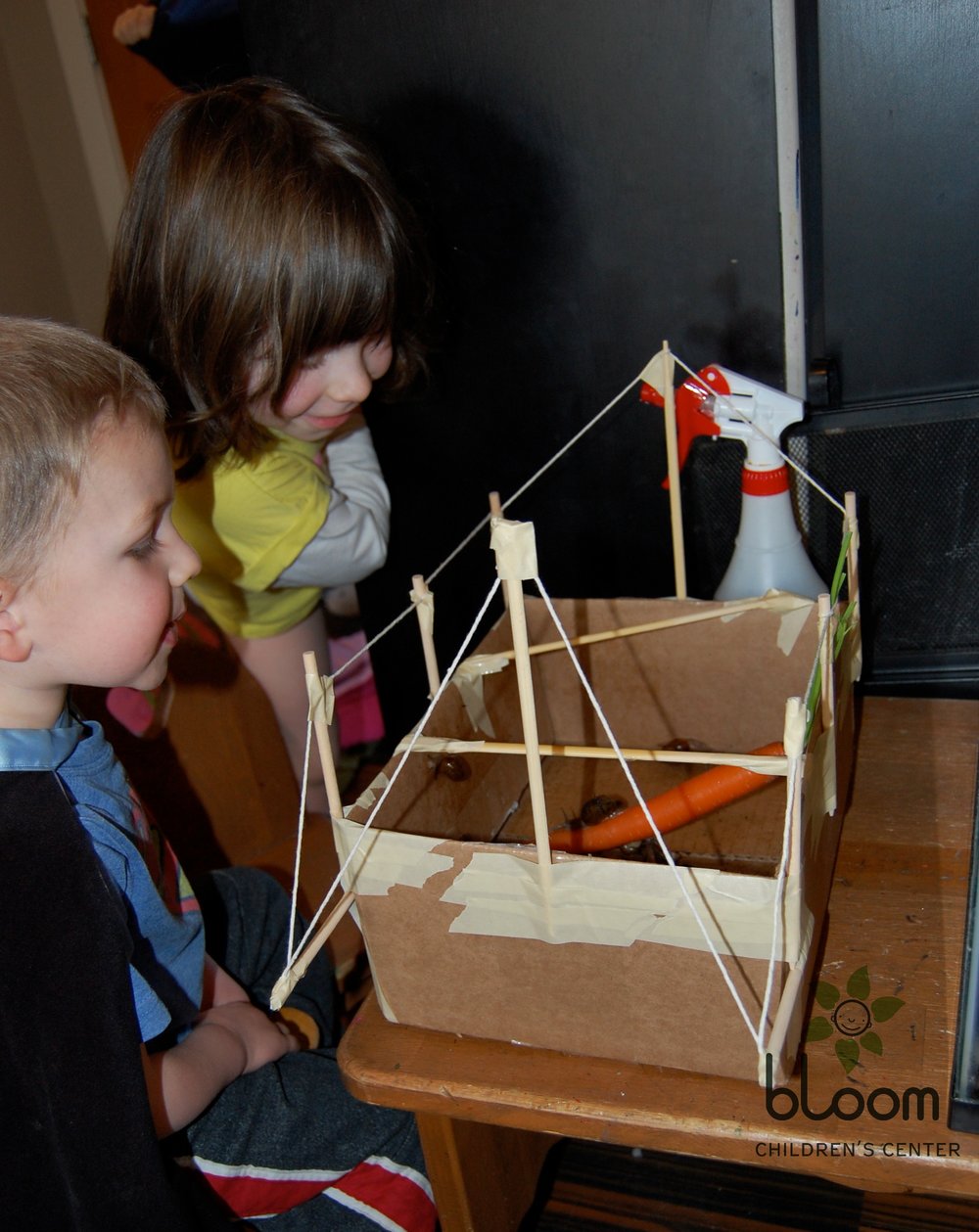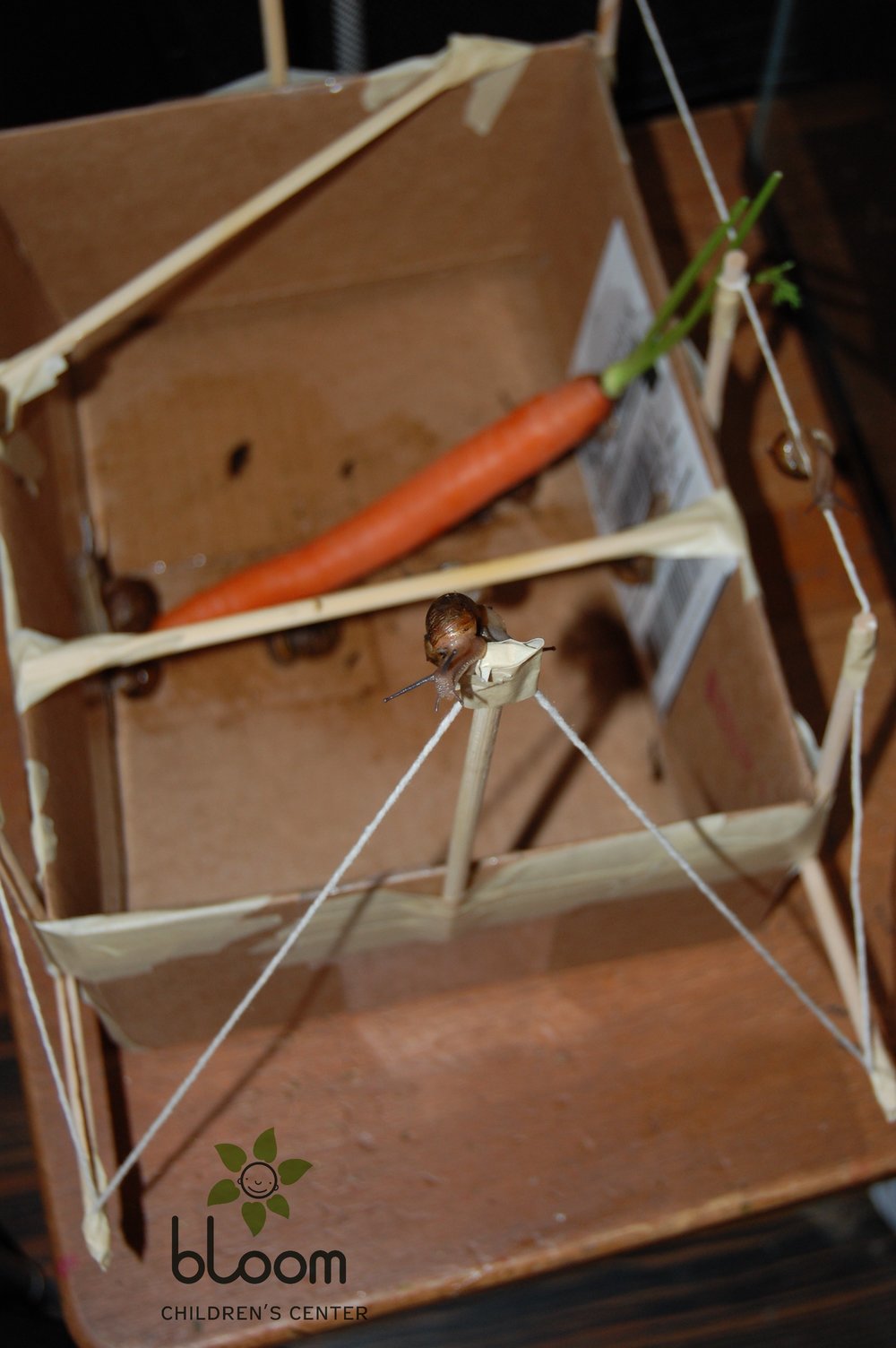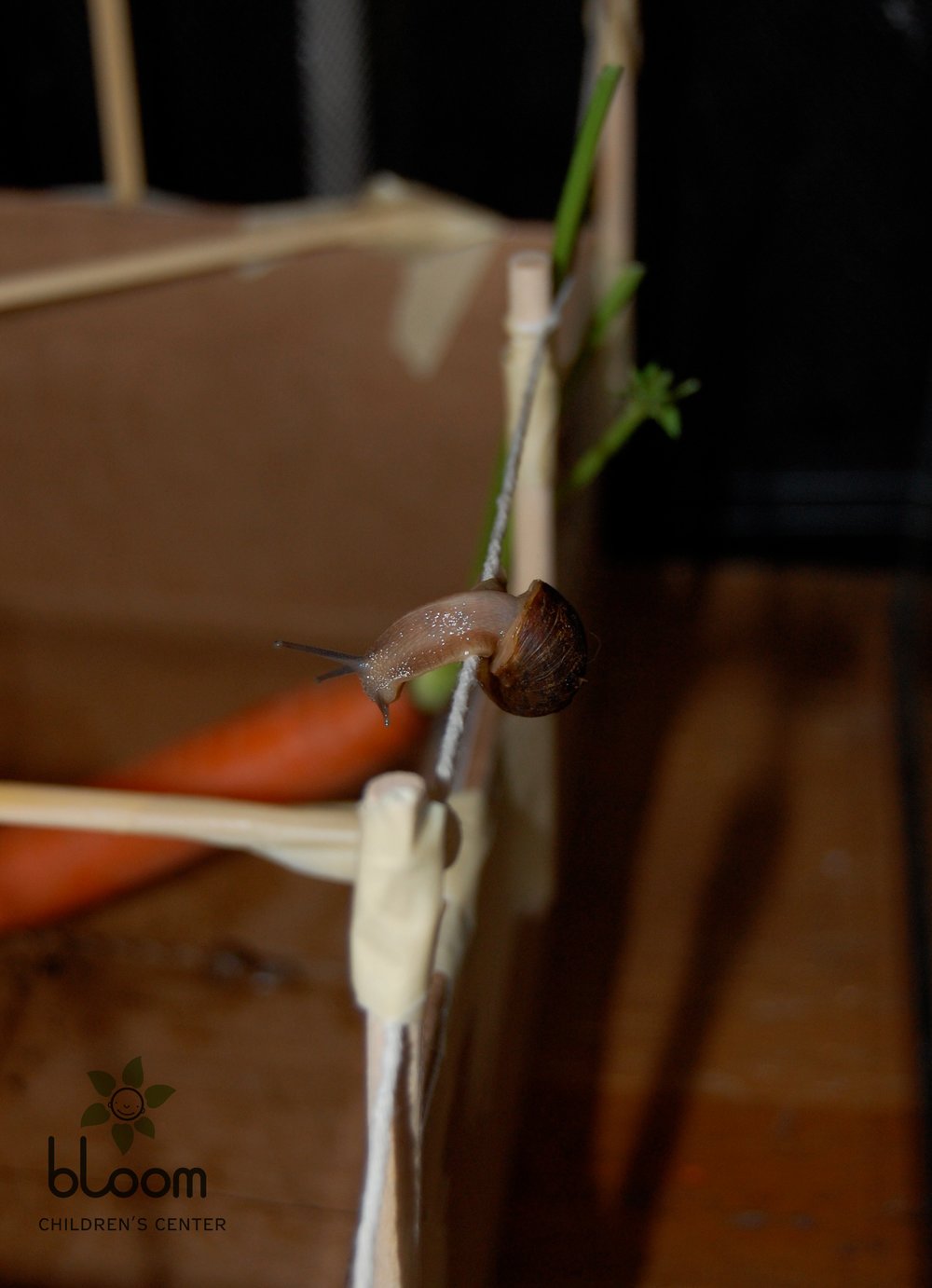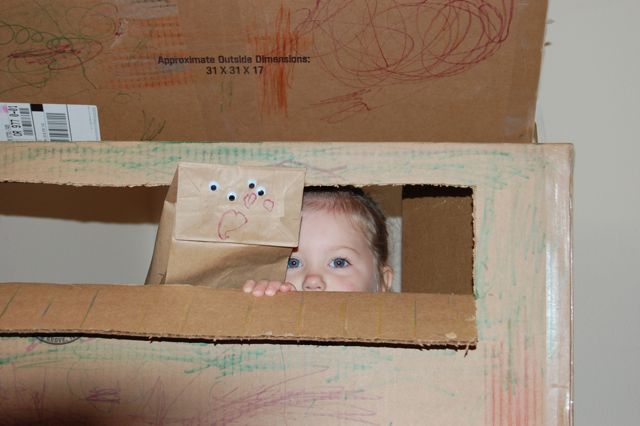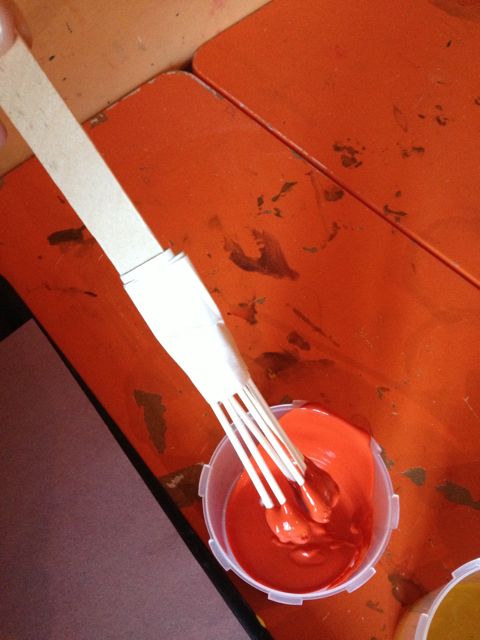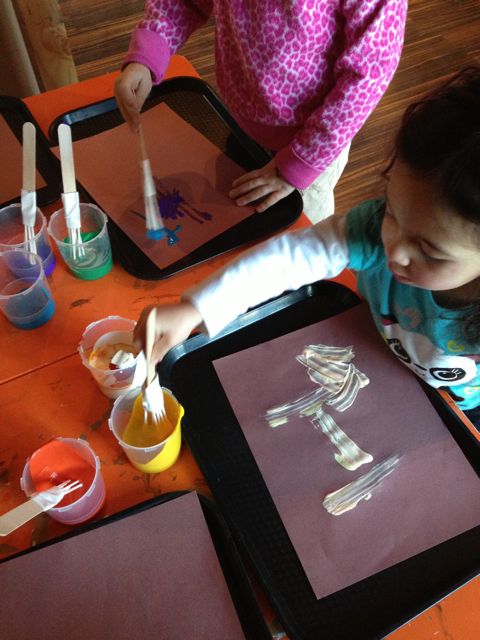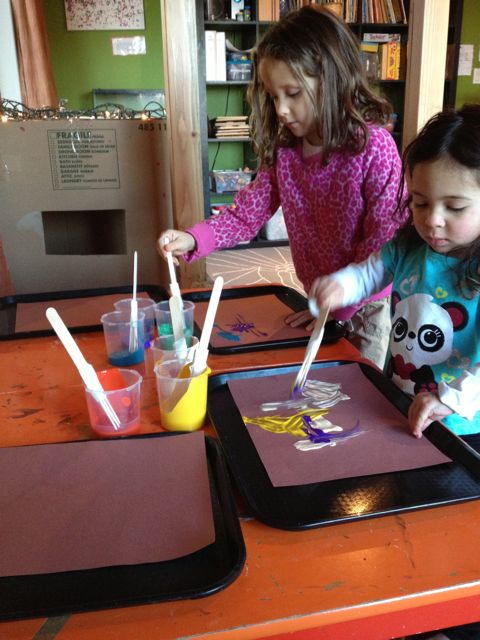Creating a Genuinely Stimulating Environment
/"Environments with too many predictable features tend to reduce the neural activity in the brain," writes Nikki Darling-Kuria in Brain-Based Early Leraning Activities: Connecting Theory and Practice. "When the environment is challenging, a child's brain will continue to make new and more concrete connections. When we get used to certain patterns in our environment, we become less challenged." (2010, 33) On the other hand, too much unpredictability can have negative developmental effects. Physical environments that offer thoughtful stimulation more fully engage the busy and curious minds of young children and lead to more play-based learning.
Tips for creating opportunities for thoughtful stimulation:
-Shun screen time. Plenty of evidence shows that sitting in front of televisions and other screens hinders learning. Even a pile of empty cardboard boxes, scissors, and a few rolls of masking tape provide more interactive and developmentally appropriate ways to stimulate learning in young children.
-Implement a battery-free zone. Screen time is a big source of overstimulation, but there are others too. Consider all the electronic learning toys that whiz, whistle, and whirr. The sounds and flashing lights these gadgets make are sometimes the only interesting things about them. Kids get bored with them quickly, and the toys end up going unused. (Or the kids find creative but sometimes inappropriate ways to use them.) Avoid overstimulation by implementing a batter-free toy policy in your early learning environment.
-Think about color. Bright primary colors are not necessarily the most appropriate choice for walls and furnishings in an early learning program. Loud colors can overload the senses and influence behaviors. You are responsible for the whole feel of your physical space. Neutral walls with rich but subdued splashes of colors throughout the environment may provide stimulation that is more appropriate.










